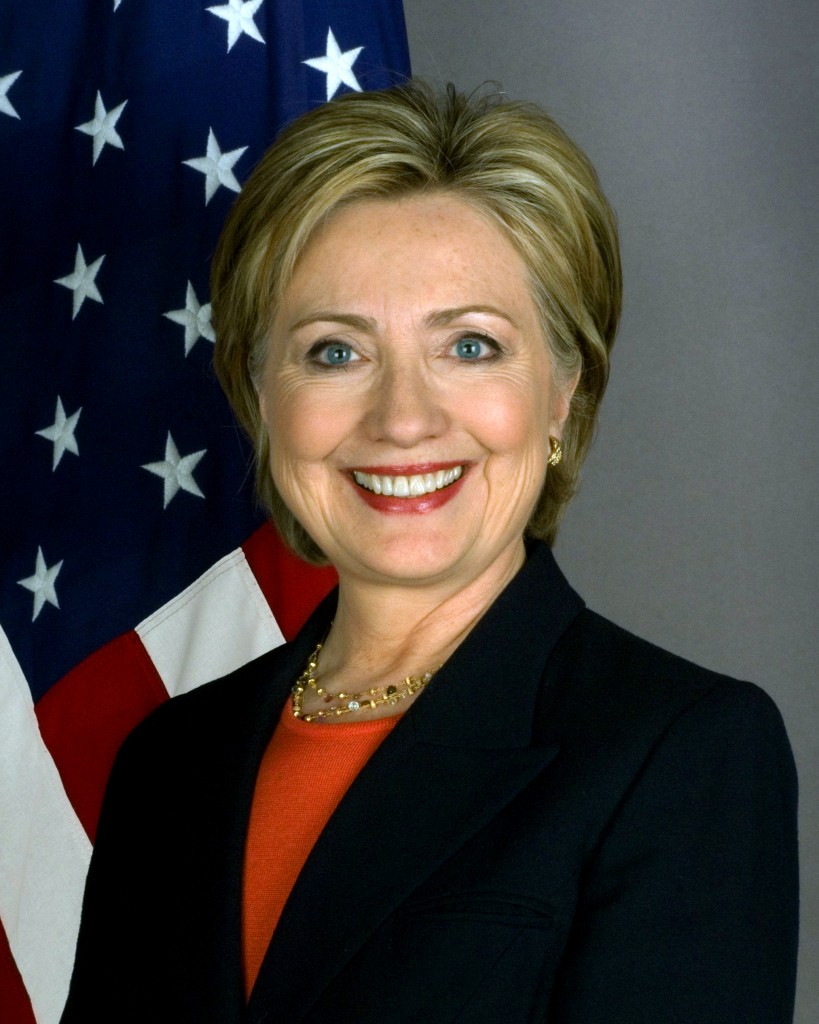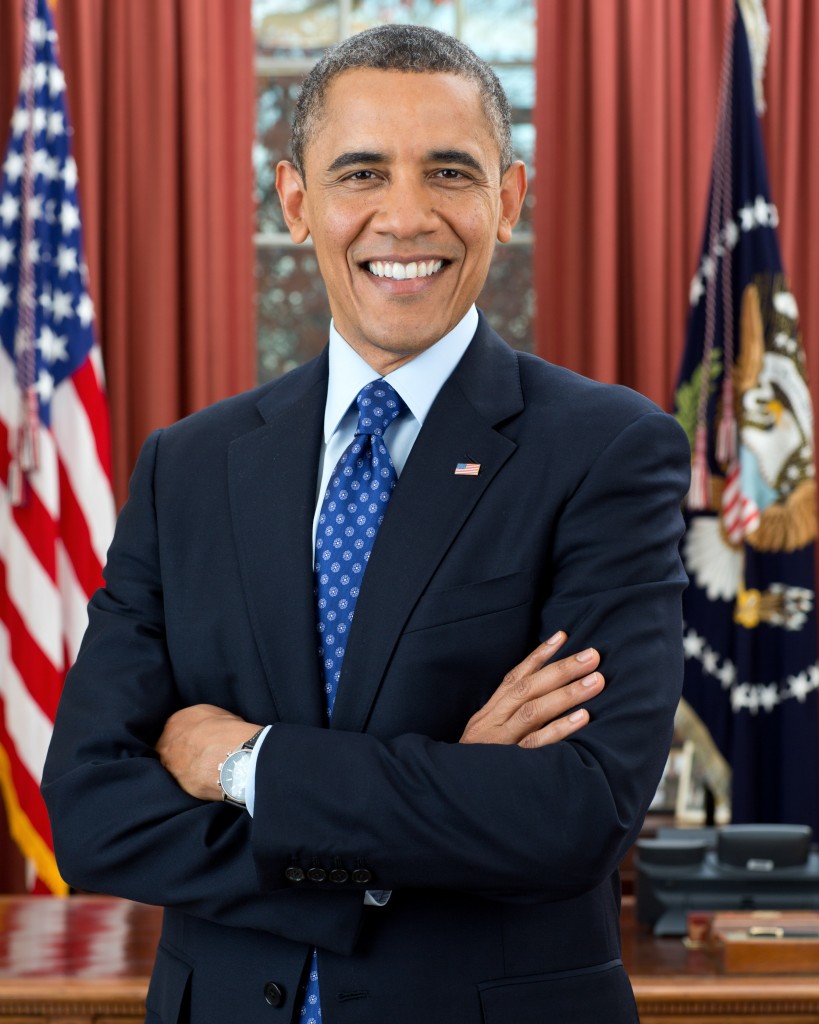12/29/2014
 In the days and weeks after the attacks, top U.S. officials steered fault for the attacks toward the video, though we now know from internal documents that they had almost immediately privately concluded the terrorist group Ansar al Sharia was to blame. The State Department had sent a message to Libyan officials saying so–even as U.S. officials claimed otherwise to the American public.
In the days and weeks after the attacks, top U.S. officials steered fault for the attacks toward the video, though we now know from internal documents that they had almost immediately privately concluded the terrorist group Ansar al Sharia was to blame. The State Department had sent a message to Libyan officials saying so–even as U.S. officials claimed otherwise to the American public.
source
[Above image: Aftermath of Benghazi attacks, obtained by Judicial Watch in a Freedom of Information Act lawsuit against the U.S. State Dept.]
3. Why wasn’t surveillance video that was recorded at the U.S. compound in Benghazi ever released, as promised?
In fall of 2012, U.S. officials promised to publicly release a declassified version of surveillance video taken by multiple cameras at the U.S. compound in Benghazi, as well as video recorded by an overhead drone. At one point, officials on behalf of the Director of National Intelligence told the news media the video would be released on or about Thanksgiving of 2012. However, the video was never released and, more than two years later, no explanation for the reversal in plans has been provided.
Below are previous questions published in this series.
2. When Secretary of State Hillary Clinton reportedly told family members of the Benghazi victims that the U.S. was going to find and prosecute whoever made the “awful” Internet video (rather than pledging to catch those who committed the murders), what crime did she envision the video maker had committed? On what information was she relying when she thought that the government could–and should–persecute a filmmaker who was exercising free speech in America? When U.S. officials asked YouTube to remove the video, what was the legal, ethical or policy basis for doing so and who in government was consulted? Had Mrs. Clinton or President Obama watched the entire film prior to disparaging it? What steps, if any, did administration officials take to have Nakoula charged?
The maker of “Innocence of Muslims,” Nakoula Nakoula, describes himself as an Egyptian Christian. He says he made the film about radical extremists who seek to destroy the American culture and way of life. After his film was incorrectly blamed for the Sept. 11, 2012 violence, Nakoula was arrested for violating terms of his probation set after a bank fraud conviction for which he had served one year in jail. The content of film itself broke no U.S. laws.
 In the days and weeks after the attacks, top U.S. officials steered fault for the attacks toward the video, though we now know from internal documents that they had almost immediately privately concluded the terrorist group Ansar al Sharia was to blame. The State Department had sent a message to Libyan officials saying so–even as U.S. officials claimed otherwise to the American public.
In the days and weeks after the attacks, top U.S. officials steered fault for the attacks toward the video, though we now know from internal documents that they had almost immediately privately concluded the terrorist group Ansar al Sharia was to blame. The State Department had sent a message to Libyan officials saying so–even as U.S. officials claimed otherwise to the American public.
With whom did Mrs. Clinton and other officials consult before sending the message that the maker of the video would be prosecuted? What crimes did they mistakenly believe had been committed through Nakoula’s free speech act? In asking that the video be withdrawn from YouTube, has the administration set a precedent that dictates any video offensive to some Muslims should not be posted on the Internet? Does that policy extend to videos that offend some Christians or those belonging to other religions — or to no religion? Under what legal basis and on whose specific advice did U.S. officials follow this course of action?
Below is the first article in this series published Dec. 26, 2014
1. Where was President Obama throughout the long night of the Sept. 11, 2012 terrorist attacks in Benghazi, Libya? What decisions did the Commander-in-Chief make and what actions did he take while Americans were under assault on foreign soil? Considering that the U.S. embassy in Egypt had already been overrun earlier in the day, and that further attacks on other U.S. facilities were anticipated throughout the night, how involved was the President in tracking the volatile, regional developments?
More than two years after the fact, President Obama’s decisions and actions during the Benghazi attacks remain secret with little justification as to why they should be so shrouded. Members of the House Select Committee on Benghazi plan to seek the information. The committee is led by Republican Trey Gowdy of South Carolina. The lead Democrat on the committee is Rep. Elijah Cummings of Maryland.
The information blackout is in stark contrast to the aftermath of the successful 2011 raid to capture Osama bin Laden when detailed accounts, including a timeline of the President’s briefings, were released to the New York Times and other news media. Then, Obama and his top advisers did not hesitate to reveal details such as:
• The President had received divided advice on whether to move forward with the bin Laden raid.
• President Obama walked into a room adjacent to the Situation Room, said “I need to watch this,” and sat next to Brigadier General Marshall “Brad” Webb, assistant commanding general of Joint Special Operations Command.
• The President said, “We got him,” referring to bin Laden.
• After the raid, the first person the President called was former President George W. Bush. He also called former President Bill Clinton that evening.
• President Obama walked into a room adjacent to the Situation Room, said “I need to watch this,” and sat next to Brigadier General Marshall “Brad” Webb, assistant commanding general of Joint Special Operations Command.
• The President said, “We got him,” referring to bin Laden.
• After the raid, the first person the President called was former President George W. Bush. He also called former President Bill Clinton that evening.
In fact, the President’s supposed hands-off approach to the Sept. 11, 2012 Mideast attacks is a divergence from the level of involvement described during the bin Laden raid. By Defense Secretary Leon Panetta’s account, Obama told him to “do what he needed to do” to handle Benghazi, then “left [specifics] up to us.” The President reportedly had no further contact with Panetta or Joint Chiefs Chairman General Martin Dempsey during the long night of attacks, deaths and evacuations.
Note: This is the first in a series of articles that will list and examine unanswered questions about the Benghazi terrorist attacks.
source

No comments:
Post a Comment